More than a few writers and editors have chuckled at the popular tee shirt that cautions, "Punctuation Saves Lives: Let's eat, Grandma! v. Let's eat Grandma!" But a professional transcriptionist understands the powerful impact that proper punctuation -- or the lack thereof -- can have on a transcript.
The assumption is often made, understandably, that the two overriding qualifications required to be a professional transcriber are speed and accuracy, and certainly those two attributes, particularly the latter, are vital. But a less-appreciated, secret weapon of the most valuable transcribers is the ability to make the transcript flow, so as to be as easy to read and comprehend as possible, without changing the spoken words. Often, particularly when a speaker is speaking extemporaneously, this can only be accomplished through the thoughtful use of appropriate punctuation.
Easier said than done? Some rules of punctuation are fairly cut and dried -- having ready access to the classic Strunk & White's The Elements of Style or a similar reference tool is always a reliable way to back up a decision regarding a questionable apostrophe or the use of a semicolon or hyphen.
However, the experienced transcriber learns to trust their ears when it comes to some of the grayer areas, such as when to insert a comma, cut off a run-on sentence, or create a new paragraph. Careful listening and sometimes relistening once, or even twice, will reveal speaker pauses, changes in context or subject matter, and other clues that the transcriber can use to present the speaker's intended meaning in the clearest way.
In the world of professional transcription, the old adage rings true: Little things mean a lot.

